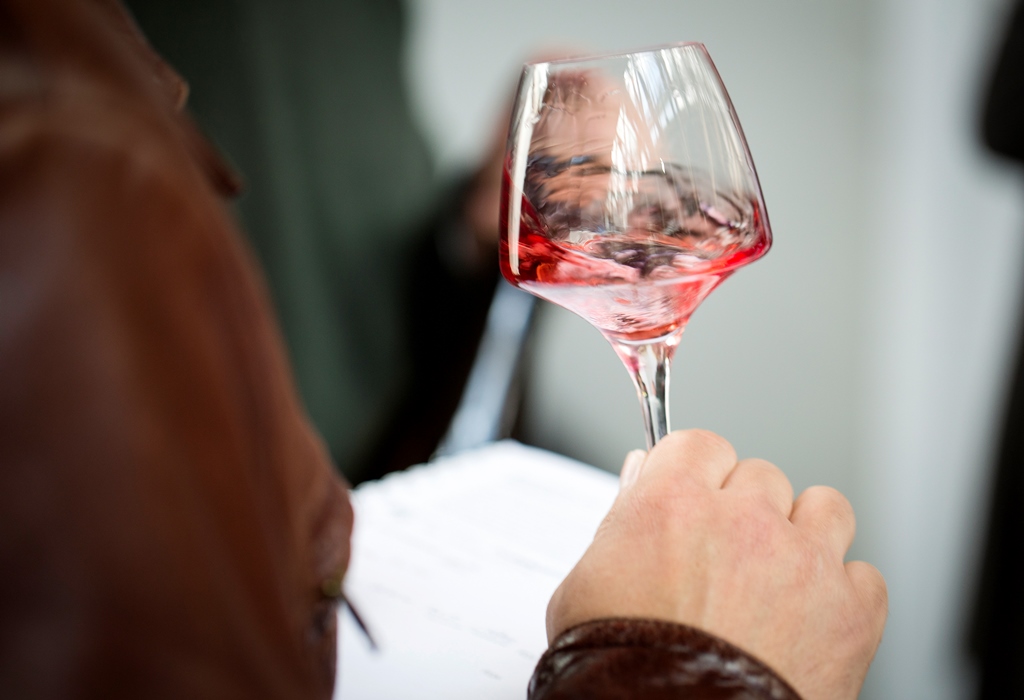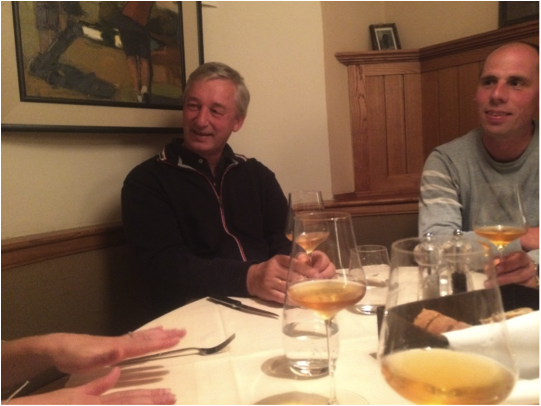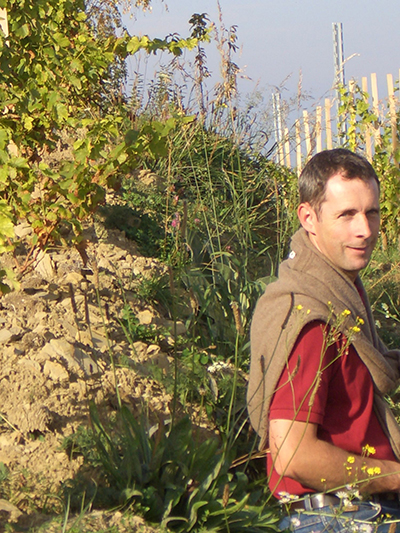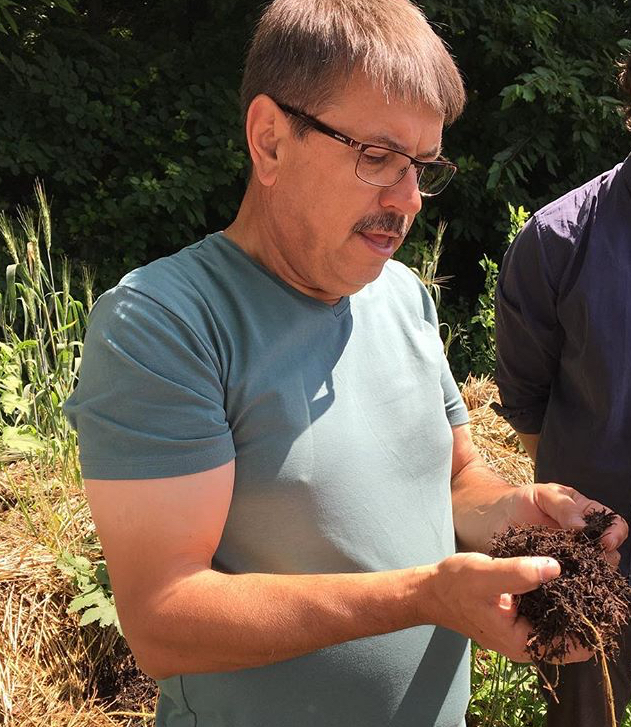
We are taught to believe that wines inevitably decay from the moment the cork is pulled or the cap twisted. Oxygen is seen as the enemy here, hastening the precious liquid to its either instant or gradual demise. There is even a saying that wine begins to oxidise the instant it is exposed to air.
However, that statement blurs the distinction between oxidation, a natural and healthy development in a wine where it begins to express complex aromatics and textural character, and oxidisation, which is a state of irreversible decay.
Sturdier wines (indeed fine wines), be it through the functions of acidity, tannin, sweetness, phenolic or extractive richness, may live to drink another day, but generally, once the genie is out of the bottle, that is the beginning of the end. And any other cliché I can muster.
There is a distinction between oxidation, a natural and healthy development in a wine where it begins to express complex aromatics and textural character, and oxidisation, which is a state of irreversible decay.
As with make-up or botox there are various devices used to cheat death. In order to enjoy a glass of wine in pristine condition we may wish to Coravin it.
Conversely, there would seem to be no point in using a carafe or decanter as the wine will drunk on air. Wine scientists are anti O2. Their world is an anaerobic one, wherein the goodness of the wine is sealed in the tin. And then it’s all downhill.
Wine, however, is full of surprises and doesn’t always genuflect to scientific verities.
Although some wine is, in effect, made in an industrial laboratory, many are not, and innumerable variables are in play in the vineyard and the winery, nature’s decisions combined with human choices. The idea that wine can only be a square product, petrified in a bottle, when its upbringing often involves wild, ambient, naturally oxidative moments or periods, seems counter-intuitive.

Back to indestructible wine:
We’re sitting on a bench in Sepp Muster’s winery. Sepp goes the fridge, pulls out a bottle and pours out a couple of tasters into our glasses. Smiling, he asked: “So, when do you think this bottle was opened?”
The wine was a light gold colour, nose restrained with a smidge of reduction. the palate coiled and crunchy. Although it tasted as if it has just been broached, I assumed that the point of the question was to illustrate the wine’s potential to live without preservation. I hazarded: Seven days?
Five weeks, was the response. Cue jaws to descend floorwards.
And still plenty in the tank for this particular wine.
Nor was this a frankinwine. One year later, at Andreas Tscheppe’s, another fridge door was opened, and another Sauv wine proffered with the same question. Evidently, this was some Styrian schtick. Forewarned, I went for the five weeks decent exposure option, and this time I was correct.

So, these wines have the wherewithal to transcend the rapid ageing process, to take oxygen entirely in their stride. How is this possible?
Well, the Muster (and Tscheppe) vineyards have special properties and the vines are set up to grow grapes that have fantastic substance.
These vines grow on lime soil, composed of solid clay silt, known here as “Opok” which results in warm “dense” wines with intense varietal aroma character. The vines look wild and primitive with their single wire trellising, a reflection of the original method of vine training developed by Sepp’s ancestors’ they rise high along chestnut wood posts and branch out at approximately 1.80 metres height. The one-year canes hang down from the wire as if bending towards the earth. This practice was developed to promote a harvest of physiologically-ripe grapes, the idea being that the energy of the vines goes not into creating a canopy of leaves but into the very substance of the grapes themselves.
Sepp echoes the simple mantra that we have heard so far that he does not wish to fashion his wines to any specific style, but rather allow them time and space to reach their own individual potential, referenced through terroir, soil character and vintage. It’s the classic hands-on, hands-off approach, emphasising awareness of tradition and the need for observation, seeking healthy vines to yield healthy grapes, and then allowing the wine to make itself in the cellar with the minimum of fuss. As he says with a smile when we enter the barrel room: “I don’t come in here very often.”
The chief preoccupation is to build soil and vine vitality by using biodynamic practices. For Sepp this involves the dynamising and spreading of plant, mineral and animal substances and working according the Maria Thun calendar. Cluster thinning is partly naturally generated, partly done by hand, the goal to produce small berries, highly aromatic grape material as the basis for full character and complex wines.
The wines represent the overall character of their immediate surroundings. This involves the singularity of the vines, soil, microclimate, people and vineyard location as well as the specific vintage and results in individual, fine and multiple-layered (complex) wines, which over the years, alter in their aromatic structure.
The idea that wine can only be a square product, petrified in a bottle, when its upbringing often involves wild, ambient, naturally oxidative moments or periods, seems counter-intuitive.
The cellaring process is where nature meets time. Spontaneous fermentation (with natural wild yeasts) in large format barrels, no temperature control, naturally occurring malolactic fermentation, nothing added, nothing taken away. The wine is aged (up to two years) to obtain the optimal maturity and harmony of the various flavours.
Phenolics in the juice, the energy of the vine being used not to promote vegetative growth, but to intensify aromas and flavours in the grapes themselves. The wine settles in locally made barrels and rests on its lees, gathering nourishment and strength and seasoned wood tannins, before being bottled without filtration and tarrying awhile. When the wine is poured, it will emerge complete from the bottle, with some reduction.

Last week I revisited various of the wines from Bozidar Zorjan, whose biodynamically-farmed vineyards lie on the Slovenian side of the border in Styria/Stajerska. These wines are made with grapes and…oxygen. The longer the Zorjan wines are open, the more they find their perfect temperature, the more complete they become. Phenolics do not simply derive from skin contact (there is a varying amount in the Zorjan wines), but something more profound, density in the very juice in which every part seems to touch every other, a liquid that radiates ineffable energy. We witness something similar in the Barral Blanc, an old vines Terret blend, where the juice goes brown and then self-clarifies during the maturation process. Once exposed to air, it seems to be virtually impervious; more than that it becomes more focused the longer it is opened as if deriving nourishment from the oxygen.
We’ve seen this topsyturvydom before in other natural wines. Once, a wine from Alessandro Dettori, when opened, was as brown as a forgotten mouldering apple, an unpalatable brew of sulphides and other “mercaptanny” unpleasantness, destined for the plughole of the kitchen sink. I had read, however, that this wine (and others of its ilk) often presented this odorous carapace initially, and that the miasma might blow off with extensive exposure to air. I didn’t believe, but as an experiment, I poured the brown noxiousness in a wide-brimmed decanter and left it. For three days, sans closure. Sans fridge. When I next looked at it I was gobsmacked. For starters, the colour had changed, the boggy turbidity replaced by a healthy golden glow. This transformation was mirrored in the aromatics, the sulphide fug was now rich golden orchard fruit leavened with salty minerality. The faults had been unfaulted. Truly, there were more things in wine heaven and earth than the text book might allow. This was one in the eye or on the nose, for the anaerobic, “hospital-corner brigade”, whose wine world was governed by microbiological determinism.
It is more important to understand the needs of the individual wine in question, than to recite conventional wisdom about decanting/carafing. But one thing – never confuse oxidation, which can be a noble, enlivening process, with oxidisation.
*
Interested in finding more about the wines mentioned? Contact us directly:
shop@lescaves.co.uk | sales@lescaves.co.uk | 01483 538820

